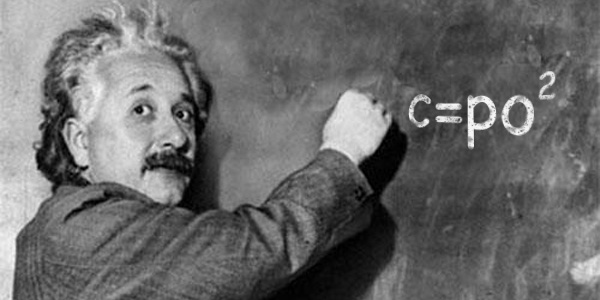Editor’s Note: Ardent Partners would like to invite you to our Procurement 2016: Big Trends and Predictions webinar that we are hosting on Thursday, January 28 at 2 PM EST. This is a fantastic way to prepare for the year ahead. Register here!
* * *
Procurement transformation has become a familiar topic here on CPO Rising, particularly over the past couple of years when it has become increasingly clear that what got procurement departments where they are may not get them where they need to go. Ardent Partners believes that Chief Procurement Officers (CPOs) and other procurement leaders need to foster innovation at multiple levels in order to elevate the procurement organization and the enterprise as a whole to the next level of performance. Put another way, procurement transformation cannot and should not be attributed to any one particular factor; people, processes, technologies, knowledge management, and stakeholder relationships, each need to be regarded as causal – and instrumental, really – in driving forward procurement transformation within an enterprise.
Each of these variables is significant in their own right, and their importance should not be understated. That is why procurement transformation needs to be broad-based – it needs to account for each of these aspects in order for a lasting and successful transformation to take root within an organization. Thus, this series will examine each facet of procurement transformation in greater detail, and shed further light on what CPOs and their teams need to do to successfully implement a holistic procurement transformation project. Today’s installment will focus on knowledge management best practices to ensure that all relevant stakeholders can access the information they need, when and where they need it.
How to Transform Procurement in Five Steps – Step Four: Knowledge Management
Enterprise information management is critical for enterprises operating in a hyper kinetic world where change is constant. With new or newly-trained staff, innovative processes, and automated technology solutions permeating procurement organizations, CPOs and their teams need to document and centralize their intellectual capital to ensure that current and future users can access the information that they need, when and where they need it. This is especially true for large, multi-national corporations that are center-led — but not necessarily centralized. Otherwise, CPOs risk inconsistent process and technology adoption, as well as inconsistent policy compliance, which can all severely undermine procurement transformation.
With many Baby Boomers retiring in the next few years, enterprises are at risk of letting their “tribal knowledge” walk out the door with them. Thus, it is essential that organizations capture the decades of knowledge and best practices that legacy procurement professionals have developed so that they can be available to current and future generations. Mentor-protege relationships are great ways to teach best practices and transfer this knowledge to future generations. However, a more democratic way to do this is to document knowledge and best practices and store them centrally within an enterprise so that they can reach more people and they can stay within the organization when staff inevitably depart.
Supplier information management is just as important as enterprise information management, particularly if an enterprise has hundreds or thousands of relationships with suppliers, past or present. It then becomes critical to ensure that the enterprise can capture, cleanse, fuse, and maintain supplier information across multiple accounts such that the correct contract, payment method, and contact information are all used as intended. This is especially important as buyer and supplier representatives come and go and the information needs to not only live on but evolve with the times.
To manage enterprise and supplier information, wikis, Sharepoint, document management solutions, and cloud storage services all allow procurement departments to store policy, process, supplier, and training information online and thus make it widely and immediately available. The onus is still on the user to seek and access the information they are looking for. But unlike information that is jotted down on a legal pad and or tucked away in a filing cabinet (if at all), useful enterprise and supplier information will be readily available when and where they need it. And it will be available long after the Baby Boomers have retired and the Millennials have taken their place.
Final Thoughts
With so many changes occurring at once within the enterprise, it is becoming increasingly important to ensure that all relevant stakeholders have democratized access to valuable information residing deep within their enterprise. Like oil in the ground, enterprise and supplier information does not have any value unless it can be found, extracted, refined, and delivered. Luckily, there are a number of internet-enabled, mobile-ready, and user-friendly tools that can ensure that the global workforce can tap these resources whenever and wherever they need them.
RELATED ARTICLES
Upcoming Webinar: Procurement 2016: Big Trends and Predictions
How to Transform Procurement in Five Steps – Step Three: Technology
How to Transform Procurement in Five Steps – Step Two: Processes
How to Transform Procurement in Five Steps – Step One: People
How to Transform Procurement in Five Steps – an Introduction

